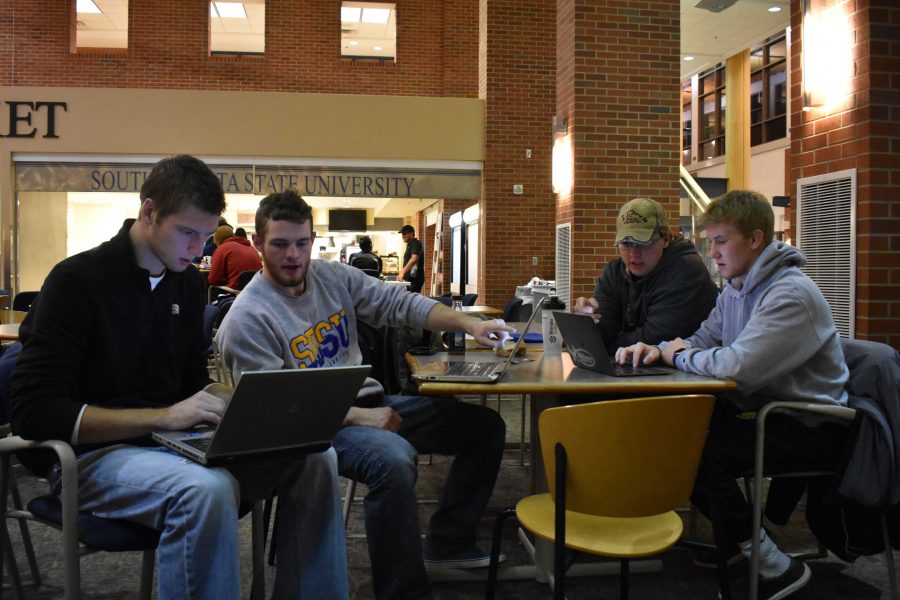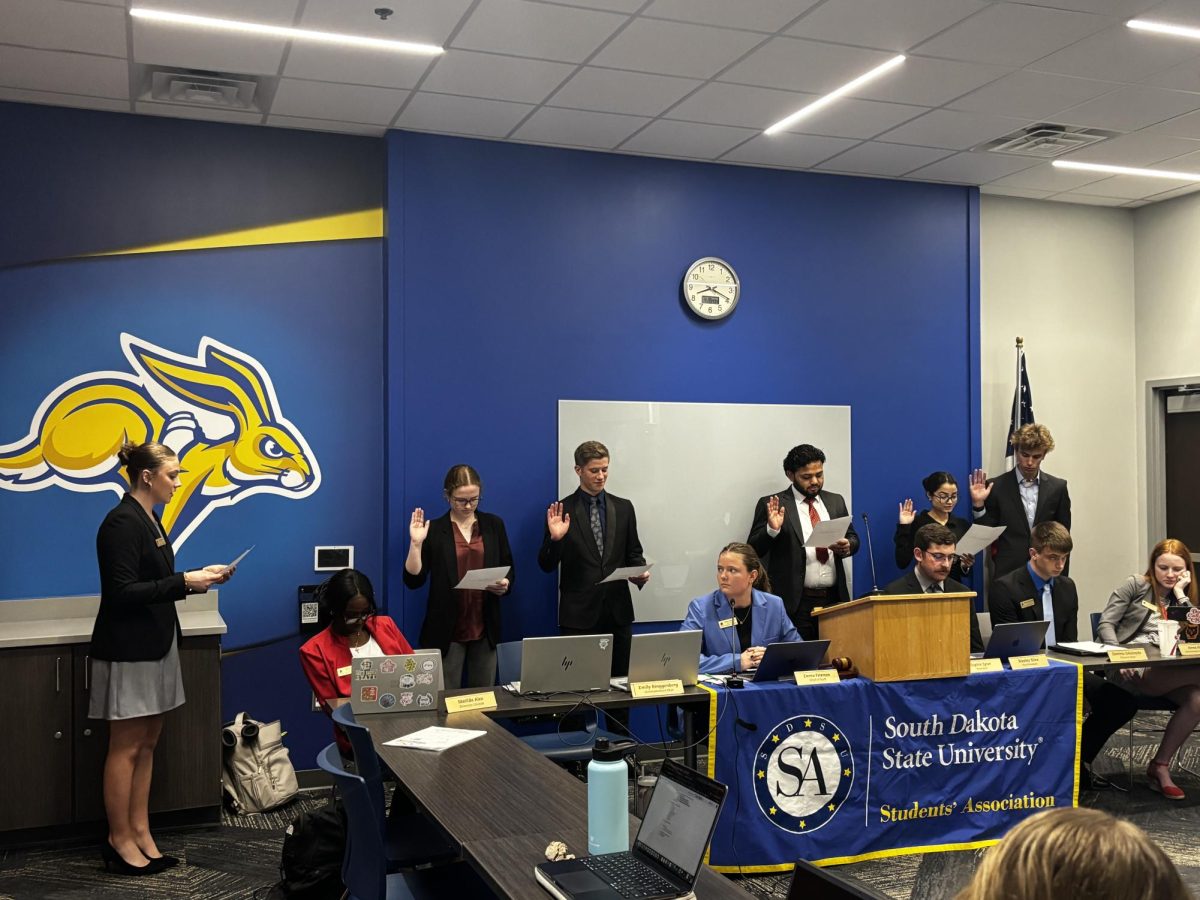South Dakota State’s fall 2017 enrollment decreased from last year and only half of South Dakota public universities experienced growth.
According to the South Dakota Board of Regents, although SDSU stayed above a 12,500 threshold, fall enrollment decreased by 86, a less than 1 percent decrease. Michaela Willis, vice president of student affairs, said that number is minimal but may require some shifting of budgets.
The school utilizes a “responsibility-centered management structure,” she said. This budget format means an increase or decrease in students enrolled in a college or department leads to a change in that college or department’s funding.
Willis said multiple factors led to the decrease in 2017.
“One of them was that, because of the change in the political environment in the United States, we had concerns going into this fall that our international enrollment might be down. We have now seen that,” Willis said.
The SDBOR Dashboard showed international students enrolled at SDSU decreased by nearly 4 percent this year — a trend not limited to South Dakota.
Nearly 40 percent of higher education institutions reported a decrease in international applications, according to a 2017 survey. The survey was conducted by organizations including AACRAO, IACAC, IIE, NACAC and NAFSA.
The findings give legitimacy to SDSU administration’s initial concerns of political conflict regarding the U.S. presidential election and its effects on international student enrollment across the country.
Around 30 percent of participating schools in the study had a decrease in graduate student international applications as well.
Viraj Patel, communication studies major, said he hasn’t heard much around SDSU campus, but isn’t surprised the decrease is in part due to the current administration.
Patel said there are rumors going around the international community the H1B visa program for international students to be able to work while studying abroad will be “scrapped.”
“It’s not true, to the best of my knowledge, but in addition to that, in a lot of countries abroad, anything negative that happens … is overplayed by the international view of the United States,” Patel said.
Other factors in the decrease include a shift in the model at the University Center, which is a location in Sioux Falls where degrees can be earned from the six public universities in South Dakota.
“An example of such a policy change is that all students at University Center in Sioux Falls in General Studies are now enrolled as USD students, per an agreement signed a couple of years ago,” said Dennis Hedge, provost and vice president of academic affairs. “That change has resulted in an ‘enrollment shift’ at that site of those students from SDSU to USD.”
There’s also a decrease in transfer students coming to SDSU from technical, in-state and out-of-state colleges.
Measures have already been taken to prepare and predict enrollment changes and shifts in the popularity of majors and programs on campus.
An Enrollment Management Council was formed in May that will take a closer look and be program specific to see where those students not attending SDSU are going and keep an eye on competitors as well as monitor market demands to predict enrollment numbers in the future.
Willis said the school’s “ultimate goal” is to reach an enrollment number of 14,000 students.


















